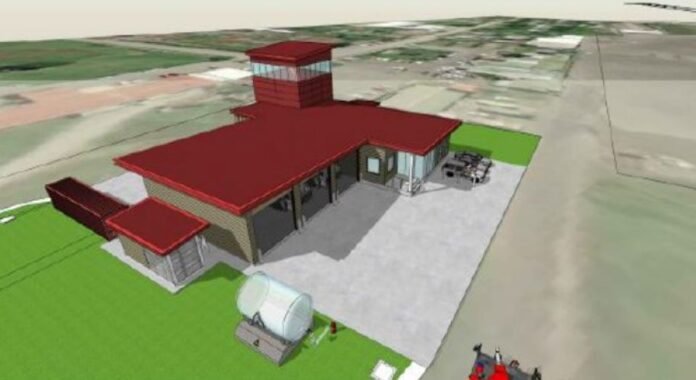

THE tendering process for the construction of a new Rescue Fire Service (RFS) Station at Honiara International Airport has successfully concluded.
The construction of the new RFS Station is vital for ensuring safety, regulatory compliance, economic stability, and environmental protection.
The works are supported by the World Bank under the Second Solomon Islands Roads and Aviation Project (SIRAP2) and is being implemented by the Ministry of Communication and Aviation (MCA).
The contract for these works was awarded to China Railway Construction Engineering Group Company Limited (CRCEG). A kick-off meeting was held to introduce the contractor to the SIRAP2 Project Support Team and the Design and Supervision Consultant on August 6, 2024.
CRCEG is expected to mobilize upon fulfilling the conditions outlined in the contract requirements. As part of the contract requirements, CRCEG must submit a Beneficial Ownership Disclosure Form within 8 working days, and Environmental and Social Performance Security within 28 working days of the Letter of Acceptance, which was signed on August 16, 2024.
Additionally, the Contractor’s Environmental and Social Management Plan must be submitted for review and approval by the MCA and the World Bank before the mobilization and commencement of work.
Alwyn Danitofea, Permanent Secretary of MCA, stated, “new life saving Rescue and Fire Services at Honiara International Airport is crucial for ensuring passenger and crew safety, meeting international aviation standards, and maintaining operational continuity. It enhances the airport’s ability to respond rapidly to emergencies, protects the environment, and serves as a vital hub for disaster response in Solomon Islands.’’
He further said that this infrastructure will boosts confidence among airlines, travellers, and the local community, supporting economic stability and national security.
In addition to the RFS Station, SIRAP2 is also constructing four new bridges in Malaita (Kolofe1, Kolofe2, Su’u Harbor, and Bira Bridges), upgrading Honiara and Munda Airports and Santa Cruz (Lata) Airfield, investing in air navigation systems in Makira-Ulawa and Temotu Provinces, and supporting regional airport maintenance.





































